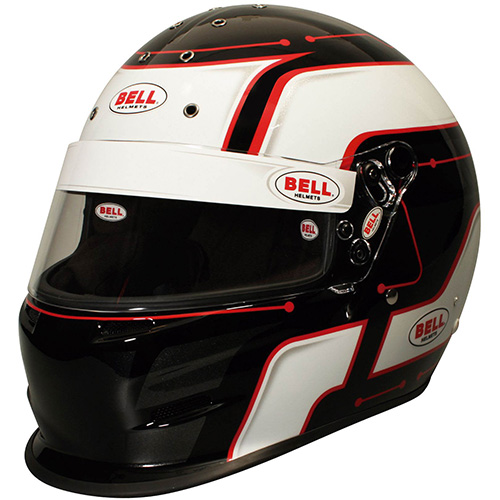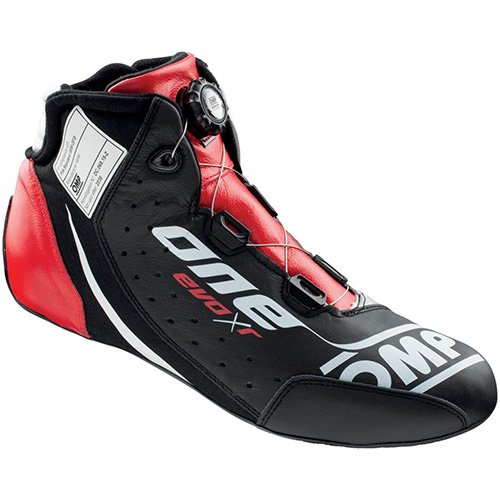As E. Paul Dickinson writes this week, anticipation is a key part of being a great driver. E. Paul coaches drivers of all types, and I appreciate his knowledge of – and references to – the history of the sport. In today’s article, he refers to Juan Manuel Fangio as a role model in a way that I see the very best drivers of today could be. -Ross
|
Consider the environment of a racing car where things happen really quickly. Something happens… the driver makes a judgment and works out a solution… then he responds. He inputs the correction. Maybe it’s a little too much. Maybe the input is a little too slow.
At racing speeds, quite a bit of time has elapsed in terms of determining what is happening. In any event, the driver thinks he is responding to something that is happening NOW, but in terms of vehicle dynamics, it actually happened a long time ago. In real-time vehicle dynamics, we are lagging far behind the car and rectifying the situation.
The next thing you know, the car is going the other way. The driver reacts to that – by now he is always behind – he is out-of-phase with the whole situation and he is in real trouble! This out-of-phase-lag often creates errors in judgment that drivers act upon because they’re convinced it is happening NOW, when it is not.
There is no need to always be behind, out-of-phase with situations you, or others, create. Is there a capability to detect outcomes before they occur? Yes. Anticipation. It is a competency that immunizes against incidents.
So… What is anticipation?
Women call it “intuition.” Men call it “gut feeling.” It is our most complex cognitive function.
|
|
|
FANGIO DECISIONS
The Italian Grand Prix, Monza, 1953. Alberto Ascari and Nino “Dr. Giuseppe” Farina were leading Juan Manuel Fangio to the finish line on the last lap when they were both forced off their lines while attempting to pass a slower driver. As a result, both crashed. Juan Fangio, racing just behind, was able to avoid both crashing cars and go on to win the race.
The disastrous Le Mans race of 1955. Pierre Levegh’s Mercedes crashed into Lance Macklin’s Austin-Healey from behind and killed 85 spectators. Juan Fangio, close behind Levegh, was able to drive through the melee to safety.
The Monte Carlo Grand Prix of 1957. On the second lap, with all cars still bunched together, Stirling Moss, the leader, crashed into a barrier. Mike Hawthorn and Peter Collins, following close behind, were caught up in the incident. Even though the road was getting blocked as the cars piled up one after another, Fangio again managed to steer his Maserati clear and to victory.
Some may liken these examples to luck or superior eyesight. If so, reaction time and great reflexes could easily become the desirable skills. But, a reflex comes in response to unexpected situations.
Fangio not only knew how his own car was going to react, it was as if he was able to foresee what other drivers would do. If they went into a corner a little too fast or off their normal line, he was prepared for the outcome. Fangio’s decisions were not based on reflex.
Incidents do not occur all at once. To move beyond the mere mechanics of operating a vehicle in a complex environment, a driver must foresee pitfalls.
Numerous studies have shown great drivers do not typically have faster reflexes than other drivers. Then how is it that champion drivers seem to have “all the time in the world” when their car is at the limit?
The answer. Anticipation.
You think you cannot predict what another might do? But, you can. Your own experience makes you an expert. Racing drivers speak to one another by the lines they take. Distinct movements and changes in a line telegraph intent, concentration, and competence.
PRACTICE
Practice is for optimizing memory of motion, to increase the base of knowledge and experience, from which driver response sets are chosen. Practice driving off-line, brake early, brake late, place turn-ins, apexes and track-out target points both early and late. Knowledge grows exponentially. The more we know, the greater our ability to learn, and the faster we expand our knowledge base.
Driving at speed can be a self-created emergency. Less-optimized decisions require as much physical and emotional strength as necessary to continually snatch oneself back from disaster, time after time.
Anticipation translates laws of speed back into their original language, which is thought. A concept always precedes a driver’s action. If the concept is flawed, the execution will always be flawed. Your line, after all, is merely your current thought. It can be changed!
WHAT IS A LINE
Everyone has a line; it is your personal view of seeing your way through the course. Practice enables a driver to decide where to place the car, change gears, brake, turn-in and accelerate. These elements determine where confidence and risk management come together to shape the line. No matter what line you use, good throttle control makes it work.
A line is an imagined route defined by comfort: familiarity, predictability, and certainty. It is a flow pattern for continuously lapping a course in smooth, seamless progression. There are many choices, but whatever the choice, it must follow this simple rule: At turn-in, a good line allows continuous incremental increase to full throttle, without lifting, until it is necessary to slow for the next turn.
Building a line is one thing, learning to use it is quite another. No matter your route, lap after lap, it must be consistent, even if parts are consistently wrong. Consistency is the footing from which to resolve the good from the bad.
A line can be as basic as separate gyrations connecting straights. Or, it can be a well- choreographed and improvised dance performed on the edge of adhesion, with each turn precisely adjusted to balance every change. And, that is when the line becomes a combination of improvisation (controlled by anticipation), and balance (controlled by reflex); a blend of “art” and “science” – where magic happens.
Driving at speed creates a small incremental erosion of the line that is aggravated by competition. Uncorrected, these cascading changes never reverse themselves. The line is a path – a path that provides its own road map to the quickest way back from deviation. But, more importantly, the line provides an ability to anticipate.
– E. Paul Dickinson




















